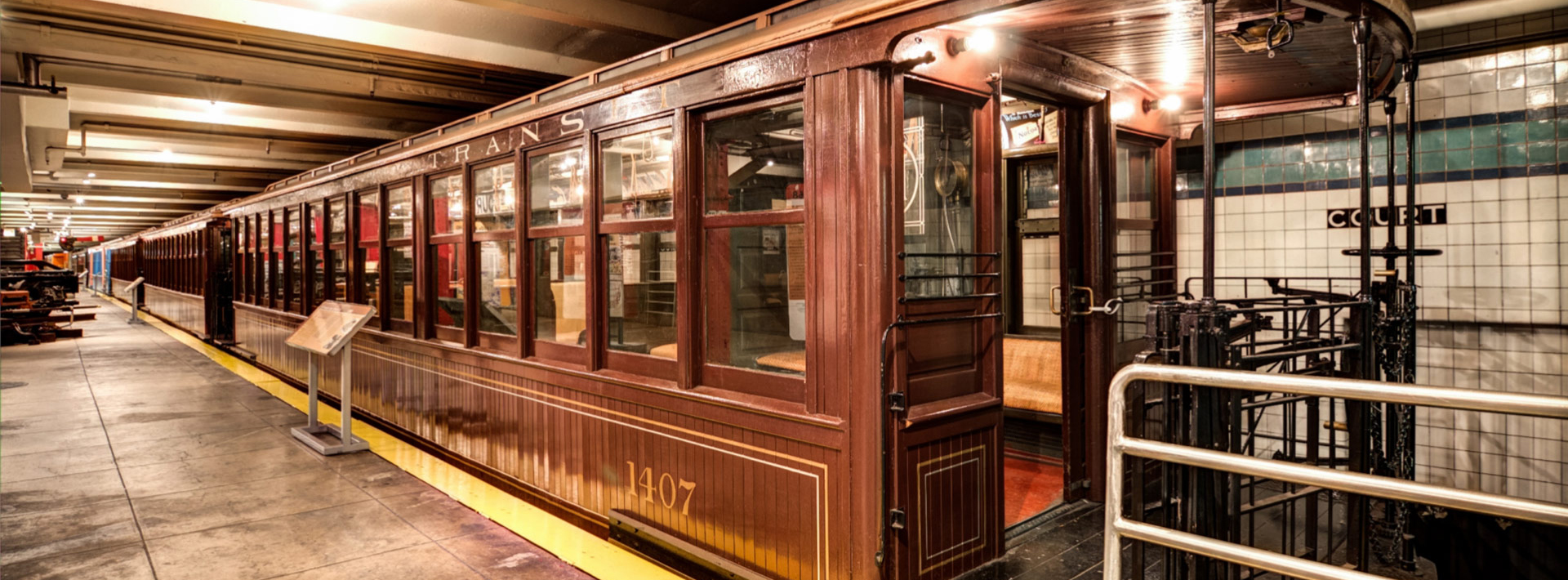IAP 2018: Failing Safely

By Amy Vogel ‘20
The less glamorous, but equally important, measure of an energy system is what happens when it fails. The Blackout of 1965 was the first time that the entirety of the Con Ed energy system was shut down. 25 million people lost power for 15 hours. Though there had been smaller blackouts before, this was the first large-scale blackout that most New Yorkers would have experienced.
Though people were stranded in subways, stuck in elevators, unable to take the LIRR or PATH back to the suburbs, this blackout was characterized by all its good cheer; MTA employees led passengers to safety, volunteers directed traffic, commuters napped in the middle of Grand Central Station, and there is even rumored to have been a mini baby boom resulting from this event.
It’s important to realize that systems are not purely mechanical: whether or not it’s obvious, every system has a human component to it. Part of the electrical system is the cohort of humans in charge of various emergency protocols. So although the Con Ed system failed, it was able to fail safely. And it went down in history for doing so.
I was reminded of this tid-bit of my research last night, when I went to see “Come From Away” on Broadway. If you’ve never heard of it, “Come From Away” is the story of what happened in a small town called Gander in Newfoundland, where 38 planes had emergency landings on September 11, 2001.
On Monday night, Haley and I had gone to the 9/11 Memorial & Museum, which was a beautiful and heart-wrenching tribute to the tragedies of September 11th, and the thousands of lives lost on that deadly day. That day, the airport system failed. But while the Twin Towers fell, the Pentagon was hit, and the courageous passengers aboard United Airlines Flight 93 counter-hijacked the hijacker, there were protocols that served to contain the terror.
The best example of this is the 38 airplanes that had emergency landings in Gander, Newfoundland, when almost 7,000 passengers landed in a town with a population less than 10,000. Though sad at times, the musical (based on a true story) was comforting. We saw what happened when the characteristically nice citizens of Canada, themselves shocked by the news, rushed to the aid of 7,000 confused, tired, and terrified passengers.
So I think the show reminded me of the 1965 Blackout because of the light and love that came out amid darkness and fear. When something unexpected and scary happened, nobody stopped for a moment wondering what to do. In 1965, strangers passed out candles in the train station and students sang together in dark classrooms. In 2001, first responders were sent in from all five boroughs and even New Jersey; brave firefighters rushed downtown on their days off; teachers made sure that students remained calm and got home safely; citizens lined up outside blood banks to donate blood; and air traffic control ordered 38 pilots to land immediately in a small Canadian town. Resiliency, I think, is at least as important as resistance.
Amy Vogel is spending IAP doing an externship with Terreform, a small urban design/research firm in the West Village. Terreform is currently working on a project called “New York City (Steady) State,” a multi-volume thought experiment on what would it take for NYC to be completely self-sufficient. Amy is working to launch the energy volume.
Share on Bluesky


